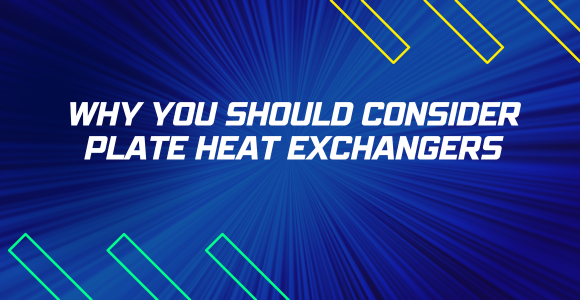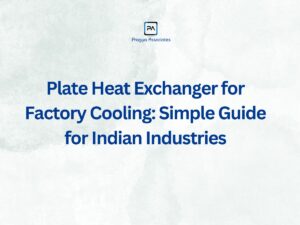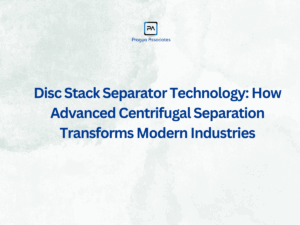If you’re in the market for a new heat exchanger, you might wonder if a plate heat exchanger is a right choice for your needs. Plate heat exchangers are one of the most common types of heat exchangers. They are used in various industries for heating and cooling fluids. If you are considering a plate heat exchanger for your business, here are some things to keep in mind.
How They Work
Plate heat exchangers consist of plates placed on top of each other. The plates are separated by gaskets or O-rings, which create channels for the fluid to flow through. The fluid flows through the channels on one side of the plate, while the other side is reserved for the second fluid. As the fluids flow through their respective channels, they exchange heat, thus transferring heat from one fluid to the other.
Advantages of Plate Heat Exchangers:
There are several advantages to using plate heat exchangers, which is why they are so popular in many industries. Some of the advantages include the following:
However, you should be aware of some disadvantages of using plate heat exchangers before making a decision. These are:
They can be damaged if not properly maintained.
They require a certain amount of space to operate properly.
If there is a problem with one of the plates, it can be difficult and expensive to replace.
They may not be suitable for all applications because of their size and weight restrictions.
They may not be as efficient as some other types of heat exchangers in certain applications.
Hence, on considering both the benefits and drawbacks, we have listed seven reasons to consider Plate Heat Exchangers:
1. Versatility– Plate heat exchangers can be used for various applications, including heating, cooling, and condensing.
2. Efficiency– Plate heat exchangers are designed to transfer heat quickly and efficiently.
3. Easy maintenance– Plate heat exchangers are typically made of stainless steel or another corrosion-resistant material, which makes them easy to clean and maintain.
4. Cost-effectiveness– Plate heat exchangers are often less expensive than other types of heat exchangers.
5. A small footprint– Plate heat exchangers are compact and take up less space than other heat exchangers.
6. Installation– Plate heat exchangers can be installed quickly and easily, with minimal disruption to your business operations.
7. Reliability– Plate heat exchangers are built to last, with few moving parts that could break or wear out over time.
1. Versatility– Plate heat exchangers can be used for various applications, including heating, cooling, and condensing.
2. Efficiency– Plate heat exchangers are designed to transfer heat quickly and efficiently.
3. Easy maintenance– Plate heat exchangers are typically made of stainless steel or another corrosion-resistant material, which makes them easy to clean and maintain.
4. Cost-effectiveness– Plate heat exchangers are often less expensive than other types of heat exchangers.
5. A small footprint– Plate heat exchangers are compact and take up less space than other heat exchangers.
6. Installation– Plate heat exchangers can be installed quickly and easily, with minimal disruption to your business operations.
7. Reliability– Plate heat exchangers are built to last, with few moving parts that could break or wear out over time.
Plate heat exchangers offer many advantages over other heat exchangers, which is why they are so popular in many industries. However, there are also some disadvantages that you should be aware of before making a decision. If you think a plate heat exchanger might be right for your business, talk to an expert to learn more about how they work and what potential problems you might encounter.







